How to Keep Your Car Cool Without Using Too Much AC

Stepping into a hot car in the middle of summer can feel like opening an oven door. That blast of trapped heat makes you want to crank the air conditioning to the max — but all that AC comes at a price. It drains fuel, adds wear to your system, and isn’t always the most energy-efficient choice. The good news? You don’t have to rely entirely on your AC to stay comfortable behind the wheel.
There are smart, simple ways to keep your car cooler both while driving and when it's parked. Whether you're commuting daily or planning a summer road trip, these easy tricks can help beat the heat without burning through gas.
Park in the Shade Whenever You Can
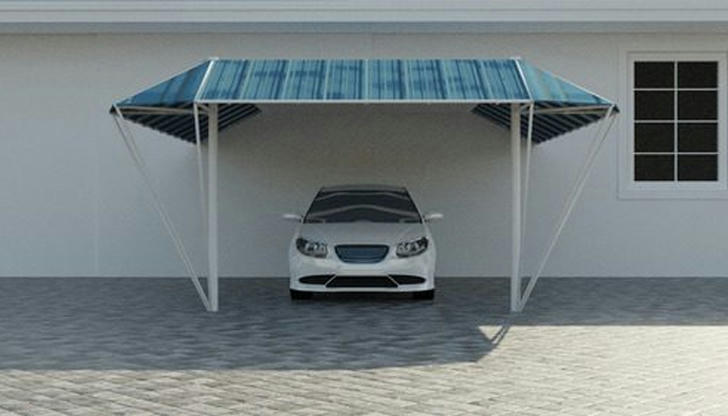
It sounds basic, but this one tip makes a huge difference. Parking your car in the shade — under a tree, a building, or even a large truck — can lower interior temperatures by 10–20 degrees or more. If no natural shade is available, position your car so the back faces the sun. That way, the front seats and steering wheel stay a bit cooler.
When you know you're going to be parked in the sun for a while, keeping your car shaded helps prevent the worst heat buildup.
Use a Reflective Windshield Sunshade
One of the simplest tools to reduce heat is a foldable sunshade. Reflective ones bounce sunlight away and can noticeably reduce the greenhouse effect inside your car. Place one across your front windshield every time you park in the sun. Some drivers also use smaller ones for rear windows or side panels.
Not only does this make your car cooler, it protects your dashboard from sun damage and fading over time.
Crack Your Windows — But Just a Bit
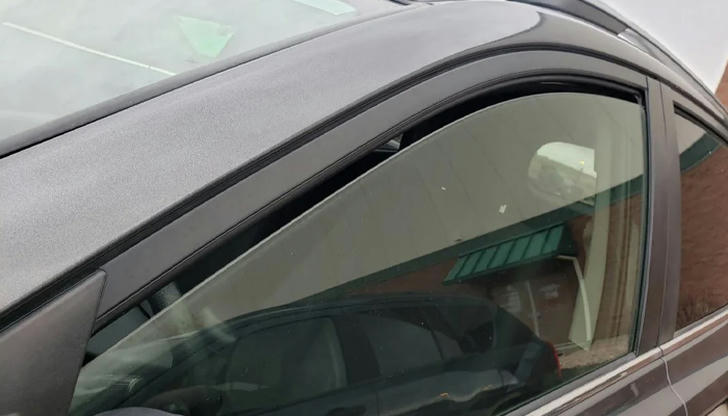
Leaving your windows open just an inch or two helps hot air escape and allows for some cross-ventilation, especially if you have vent visors. It’s a safe and simple way to keep the temperature from building up too quickly when you’re parked.
Just make sure it’s not raining and that the area is secure enough where you feel comfortable leaving your windows cracked.
Cover Your Seats and Steering Wheel
One of the worst things on a hot day is sitting down on blazing leather or gripping a scorching steering wheel. To avoid that, throw a light blanket or towel over your seats when you park. You can also buy inexpensive seat covers or a steering wheel cover made of cloth or mesh.
When you get back in the car, just remove the covers and you’ll avoid that burning sensation on your legs and hands.
Tint Your Windows (If Legal in Your Area)
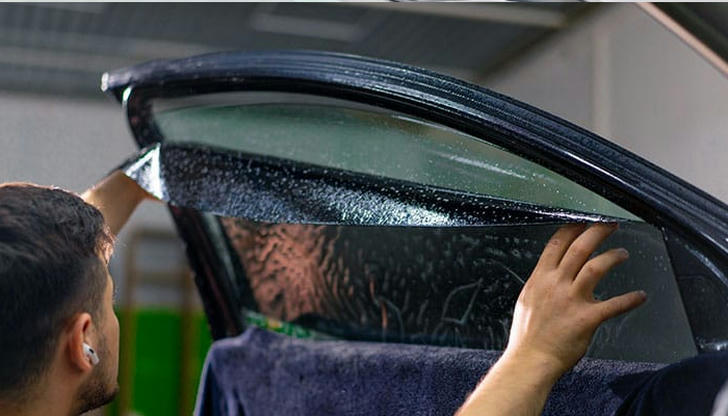
Window tinting isn’t just for looks — it’s a practical way to block out UV rays and reduce the heat that builds up inside your car. In some states, you’re allowed to tint a certain percentage of your windows to reduce glare and keep the car interior cooler.
Before going this route, make sure to check your local regulations on window tint levels. Done legally and professionally, it can make a big difference in summer driving comfort.
Try the Old “Fan the Door” Trick
Here’s a clever trick that works surprisingly well: When you first open your car on a hot day, roll down the passenger window completely. Then, open and close the driver’s door several times in a row — like a fan. This motion helps push hot air out of the car faster than just waiting for it to escape naturally.
It only takes a few seconds and can drop the temperature by several degrees before you even start the engine.
Drive With the Windows Down
(at Lower Speeds) 
When you’re just driving around town or on side streets, keeping the windows down can be a great alternative to blasting the AC. At slower speeds, open windows won’t affect fuel economy as much, and the natural airflow can be enough to keep you comfortable.
Once you hit highway speeds, though, the wind resistance can start to reduce gas mileage. That’s the point when switching to a low AC setting might actually be more efficient.
Avoid Using AC on Full Blast
If you do need to use the air conditioning, try not to go straight to the max setting. Instead, start with the fan on low or medium, and gradually cool down the cabin. Many newer vehicles have eco or auto climate control modes that help manage cooling more efficiently.
Also, make sure to use the “recirculate” setting once the interior air is cooler — this prevents hot outside air from constantly being pulled in.
Keep Your Cabin Clean and Light
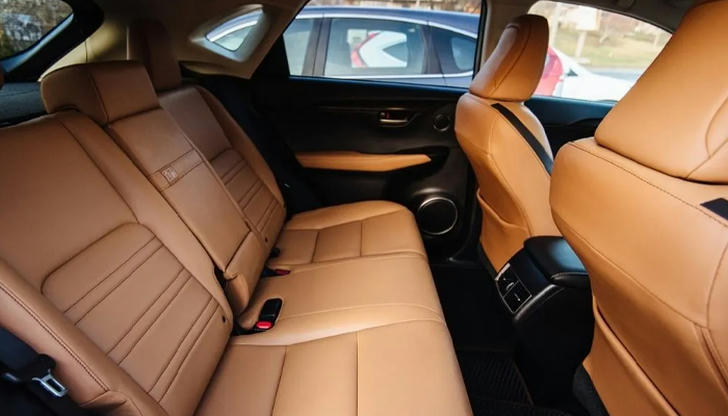
Believe it or not, the color and clutter inside your car can affect how hot it feels. Lighter-colored interiors don’t absorb heat as quickly as dark materials do. If your seats and dash are dark, consider using light-colored seat covers or dash mats.
Also, removing unnecessary items from the car — especially electronics or metal tools — can help reduce retained heat and make the space feel less stuffy.
Install a Solar-Powered Fan
There are solar-powered fans you can clip to your window that help keep air circulating when your car is parked. These small devices pull hot air out while bringing in cooler air from outside. They’re especially helpful if you don’t have a shaded place to park during the day.
They won’t cool the car like AC, but they can take the edge off and make your first few minutes in the car more bearable.
Check Your Car’s Cooling System
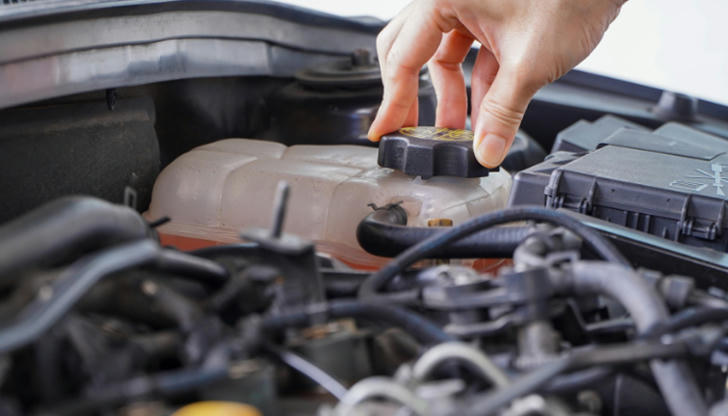
If your car tends to overheat, especially in the summer, it may not just be about the air conditioning. Make sure your engine’s cooling system is in good shape — that means the radiator, coolant levels, fans, and hoses. An overheating engine can affect cabin comfort too, especially if you're stuck in traffic.
If it’s been a while since you had a coolant flush or radiator check, summer is the perfect time to have it inspected.
Choose Driving Times Wisely
When possible, avoid driving during peak heat hours — usually between 12 p.m. and 4 p.m. Early morning or evening drives are naturally cooler and easier on both your car and your comfort. If you’re planning errands or a long drive, starting a little earlier can help you stay cooler without needing as much AC.
